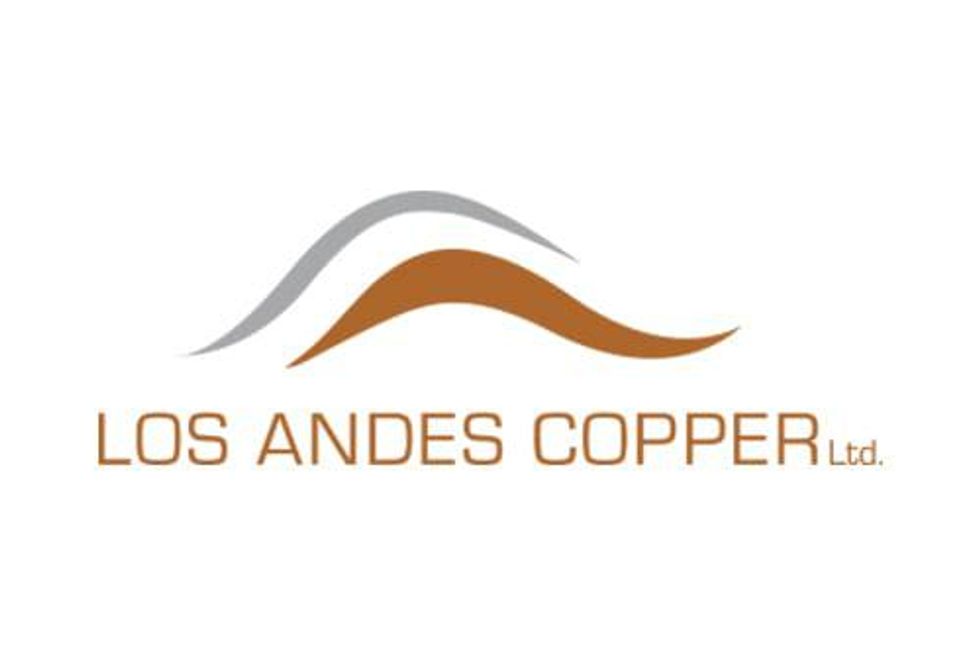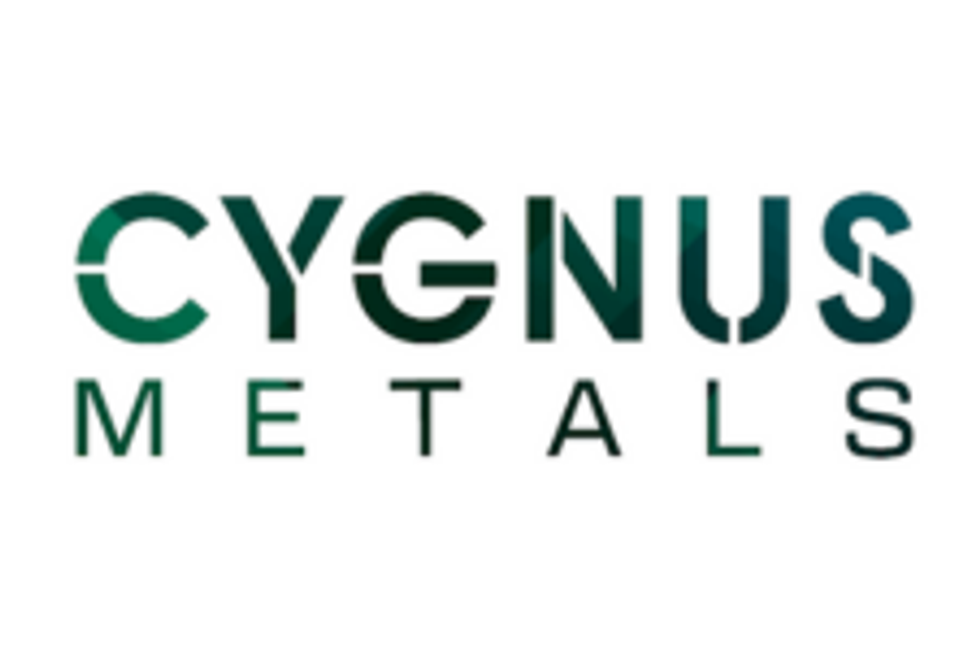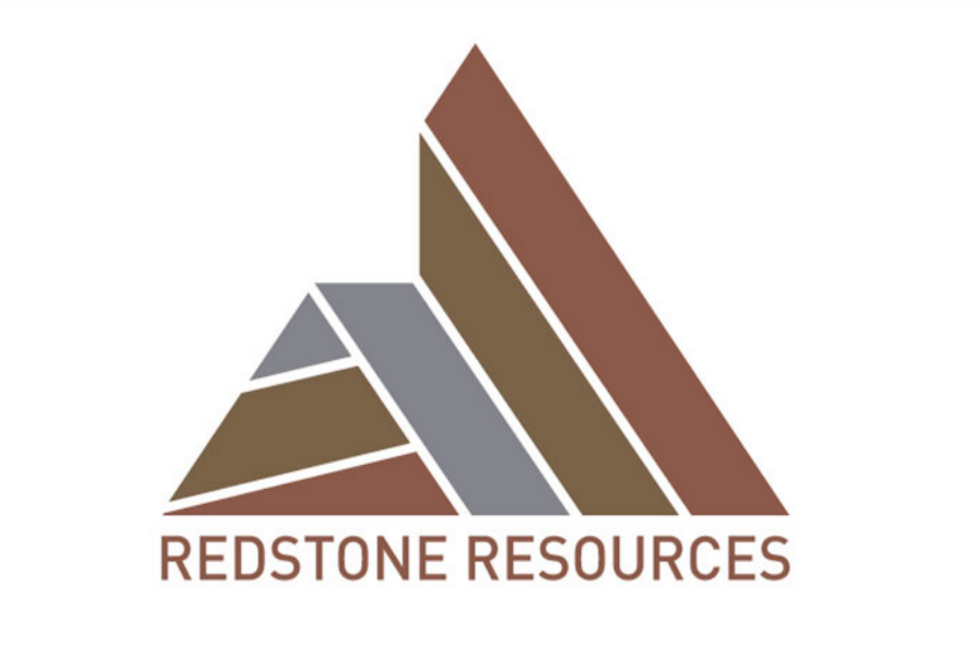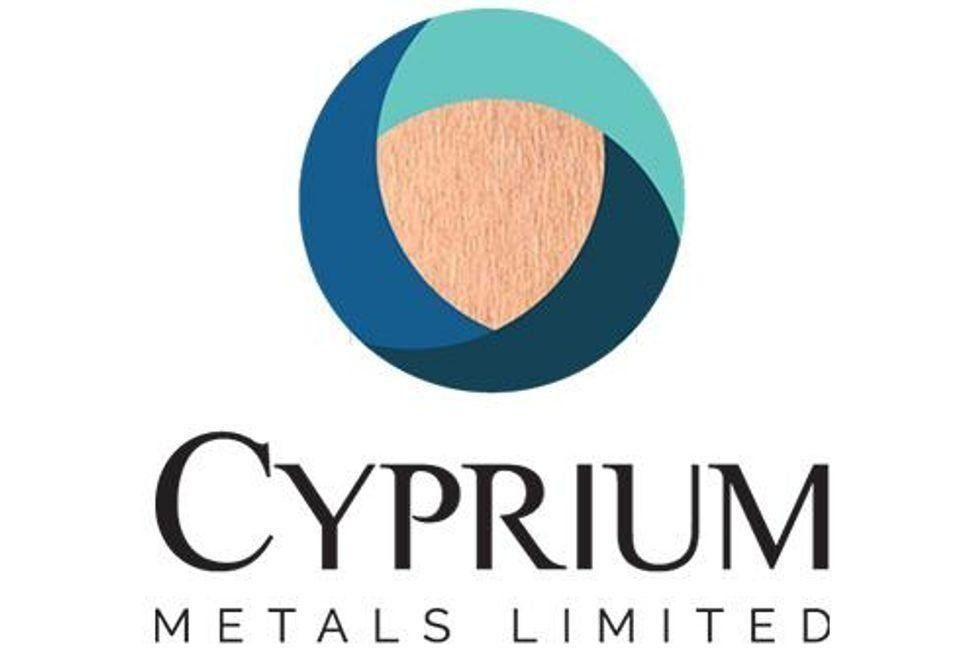
While major miner Glencore had to reduce its yearly copper production guidance, Katanga Mining’s red metal numbers grew this past quarter.
While major miner Glencore (LSE:GLEN,OTC Pink:GLCNF) has had to reduce its yearly copper production guidance, Katanga Mining (TSX:KAT,OTC Pink:KATFF) found its red metal numbers on the rise this past quarter.
Both companies released their 2019 first quarter production results this week. Glencore stated that its copper numbers came in at 320,700 tonnes, a drop of 7 percent from Q1 2018.
The company attributed the reduction to severe flooding in Queensland, safety-related stoppages and smelter outages at its Mopani operations in Zambia, the sale of its Punitaqui asset and open-cut depletion at its Alumbrera mine in Argentina.
The miner also slashed its yearly copper production guidance for 2019 to 1.46 million tonnes, down from the previously docketed 1.54 million tonnes, about a 3 percent drop. The company cited Mopani’s outages and a range of mine plan updates at its other operations as the reasons for this change.
However, the miner found solace in its cobalt output, which reached 10,900 tonnes, a 56 percent, or 3,900 tonne, increase from Q1 2018. The boost includes 3,500 tonnes from Katanga, which is majority owned by Glencore, as the company worked through what Glencore called “a period of generally excess uranium content in its cobalt material.”
In November 2018, Kamoto Copper Company — which is 75 percent owned by Katanga — suspended cobalt exports and sales after uranium levels in the product exceeded levels deemed acceptable for export to customers through main African ports.
The suspension went on until just a few weeks ago, when Katanga restarted selling and shipping limited quantities of cobalt from its Kamoto mine in the Democratic Republic of Congo.
According to Katanga, about 930 tonnes of contained cobalt that complied with the export regulations were produced in Q1, representing 22.5 percent of total cobalt production since January 2019.
Meanwhile, Katanga’s copper cathode production numbers grew to 57,175 tonnes this past quarter, up from Q4 2018’s 49,770 tonnes. Total contained copper was also on the rise, growing to 67,616 tonnes in Q1 from Q4 2018’s 61,393 tonnes.
Glencore’s share price closed 3.28 percent lower on the LSE on Tuesday (April 30), ending the day of trading at GBX 302.29. Meanwhile, Katanga shares were up 1.1 percent on the TSX as of 3:29 p.m. EDT, reaching C$0.46.
On the London Metal Exchange, copper was trading at US$6,375 per tonne as of April 29.
Don’t forget to follow us @INN_Resource for real-time news updates!
Securities Disclosure: I, Olivia Da Silva, hold no direct investment interest in any company mentioned in this article.





